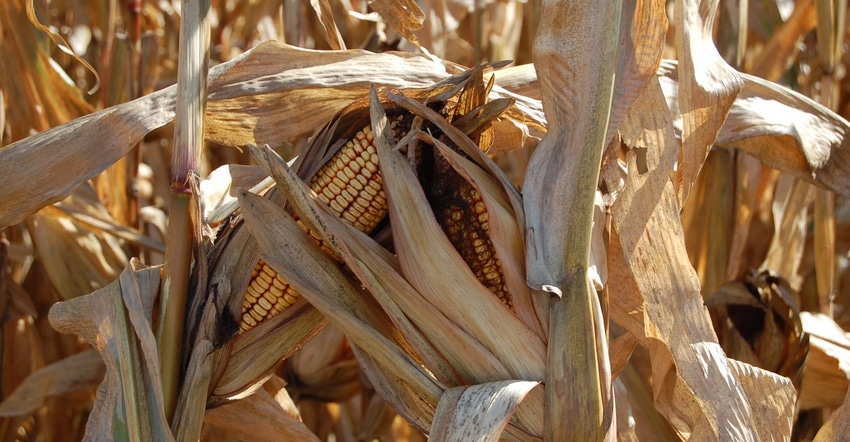
In some parts of the country, the corn crop is at the same point it’s at in the middle of November. That’s what DeKalb Technical Agronomist Lance Tarochione is discovering.
“No one realizes how far along the corn crop really is,” he says.
Tarochione added combines have been rolling in Illinois for at least two weeks.
Fungal diseases
A farmer himself, Tarochione says the reason behind the premature corn crop death is because of prevalent fungal diseases in cornfields in the Midwest.
He says producers don’t have to look far to find corn rootworm pressure either. But that isn’t where the only problem has been found. Tar Spot and corn rust have had a heavy presence in fields.
Yields
Many producers have been disappointed by yields in fields being harvested.
“It’s not what the yield checks estimated and it’s all because of fungal disease,” Tarochione says.
He added he and other agronomists are trying to get producers to realize the yields are disappointing, but they need to get going.
“Picking the corn off the ground is worse, so it is time to get rolling,” says Tarochione. “Get the corn while it is standing and hopefully the (soy) beans will wait for us.”
He says he is really pushing producers to get combines rolling if they aren’t already because the yield loss will just grow.
2022
While many producers don’t want to think about next year, Tarochione says this year’s fungal impact on the corn crop in many parts of the Midwest will force the issue. And he offers a few tips to producers to consider.
Talk to your agronomist about what you find in your cornfields.
Figure out which products worked and which might be a better fit.
Get the products secured for the next year.
Check on the rate you are applying and the timing.
Tarochione also adds a bit of fungicide advice: 2021 was a year where the more fungicide applied, the best the yield results. However, that might not be the case in 2022. He says producers need to consider the return of the investment including the cost of the product, the application cost and the labor involved.
He says some areas will see crops exceeding the yield expectations and others will be disappointed.
“Don’t overreact to this year, every year is different. Don’t make plans to go overboard with the fungicide. Instead, look at multiple years of performance before making decisions,” says Tarochione.
About the Author(s)
You May Also Like




